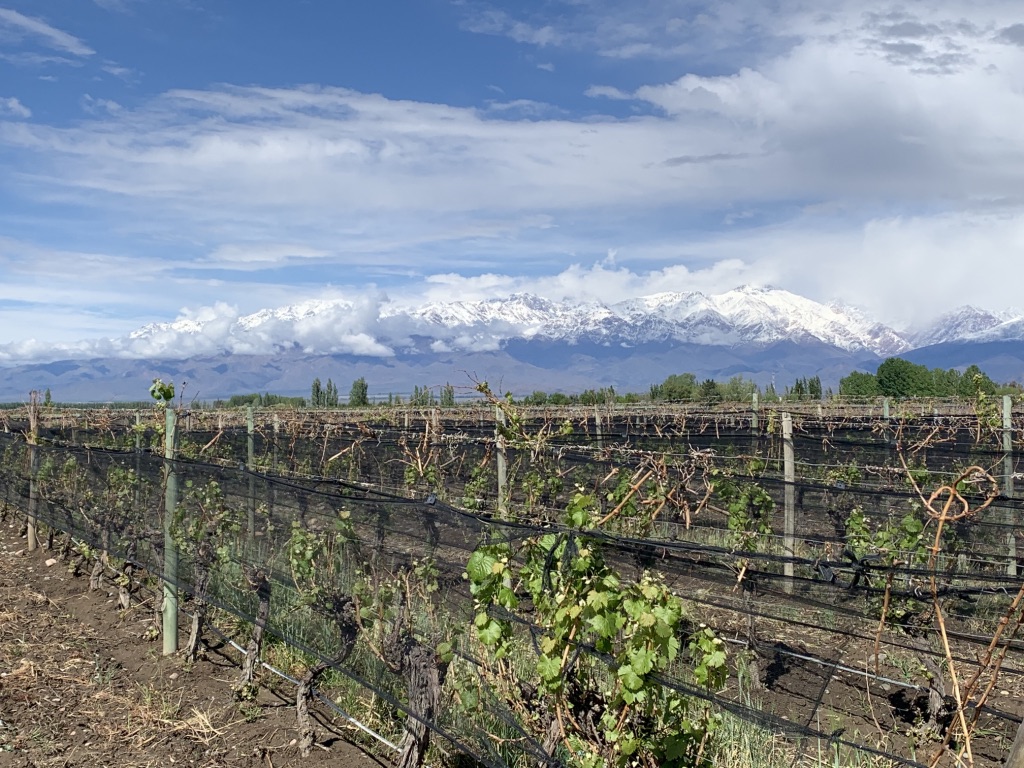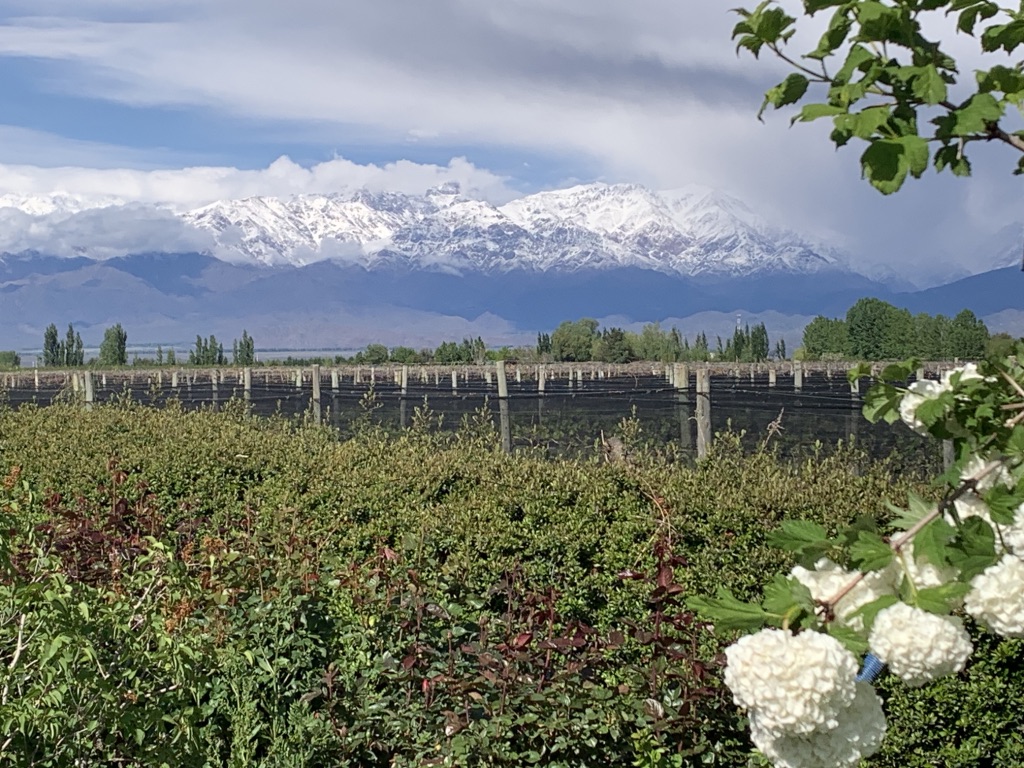
Mendoza is the beating heart of Argentina’s wine scene. My recent return to this inland province of Argentina and its homonymous capital city revealed both its vinous and geographical diversity, and an unmissable sense of innovation in all things wine and food. Notwithstanding Argentina’s ongoing economic challenges, the region is rapidly expanding its wine tourism offerings: new wineries, wines and restaurants and an ever-widening range of accommodations welcome the curious wine-centric visitor. And it’s a world away – yet just a 100 minute flight – from Buenos Aires, the country’s frenetic capital. In short, Mendoza is an enotourist’s dream destination.
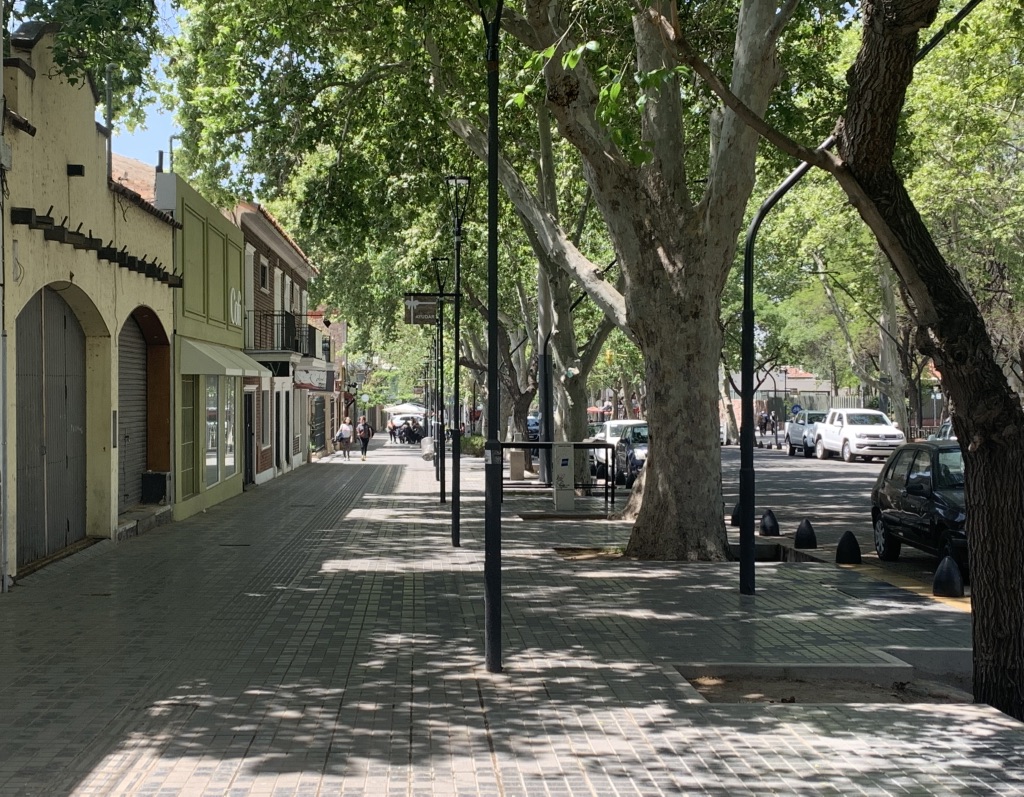

Our journey begins in Mendoza city. It is a gracious colonial city, with broad, plane tree-lined streets, plazas, and the elegant General San Martín Park. It also has a burgeoning food and wine scene, with excellent new wine shops, tasting bars and restaurants popping up all over. While the municipality itself has a population of only around 120,000 residents, the surrounding metropolitan sprawl takes this up to over one million people, as the city merges almost imperceptibly into nearby wine country. In fact, the origins of Mendoza’s wine industry lie just a short drive from the city centre, south-eastward towards suburban Maipú, whose agricultural flatlands flank the northern banks of the Mendoza River. Olives and grapes have long been grown here, close to the original railroad that would take the harvested fruit, oil and wine to Buenos Aires.
It is here that you will find Bodega Trapiche, one of the oldest and most impressive wineries in Mendoza. We are met by a Trapiche host and assistant winemaker Sol Pippi, who proceeds to show us around the winery. The heritage bodega buildings are impressive, and house both a working winery and a magnificent museum display that showcases the history of this pioneering yet still dynamic winery, now part of the umbrella Peñaflor Group.

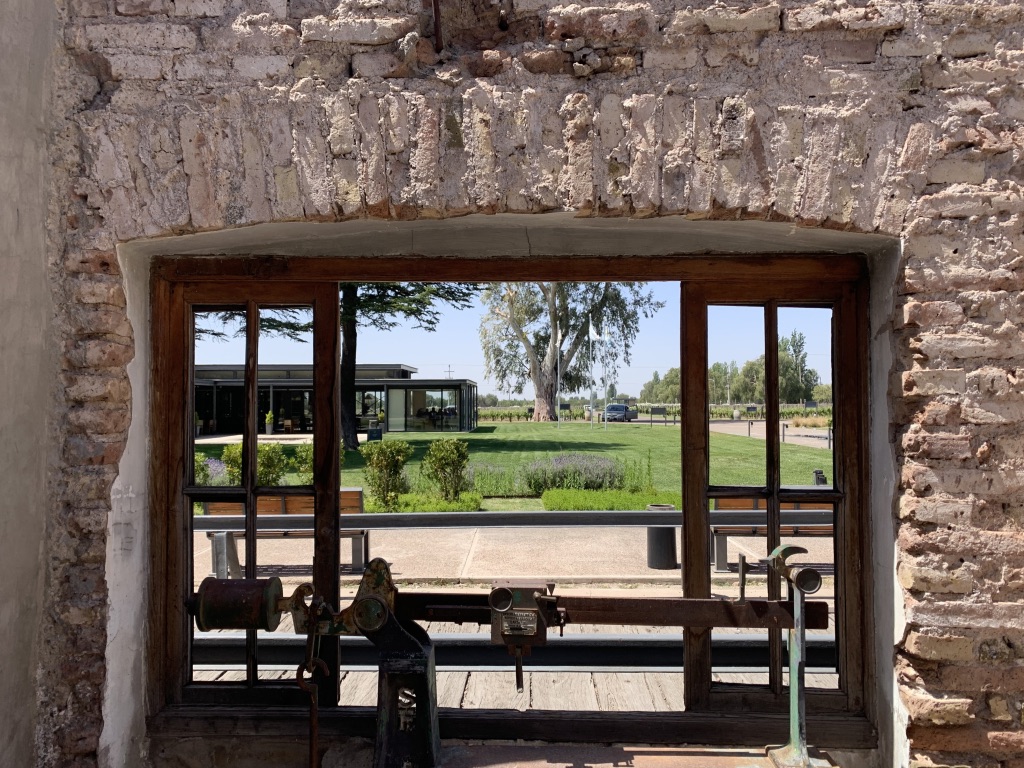
We wrap up our winery visit with a tasting of Trapiche’s three Terroir Series single-vineyard Malbecs: Finca Ambrosia (from Gualtallary), Finca Coletto (El Peral), and Finca Orellana (La Consulta). Exquisite wines.

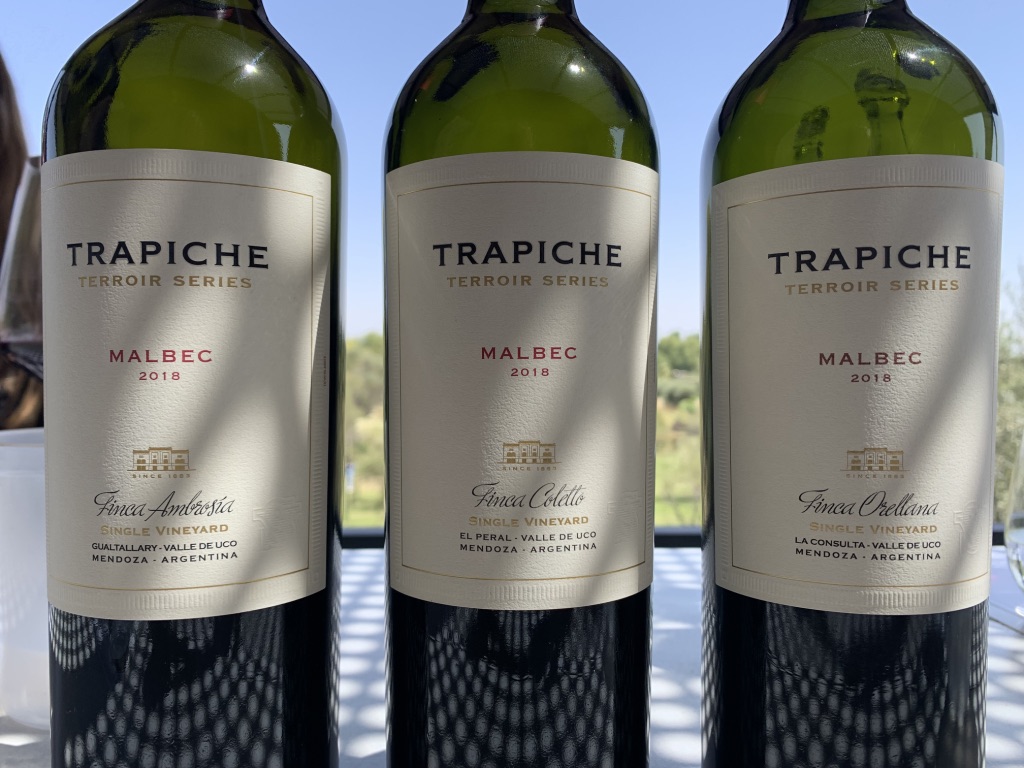
Bottom: Trapiche’s Terroir Series single-vineyard Malbecs: Finca Ambrosia, Finca Coletto, and Finca Orellana
Off to one side of the original bodega is a modern, streamlined pavilion that houses the winery’s elegant restaurant, Espacio Trapiche, which serves contemporary and delicious food. It’s here we end our visit with an excellent extended lunch accompanied by several of Trapiche’s wines.
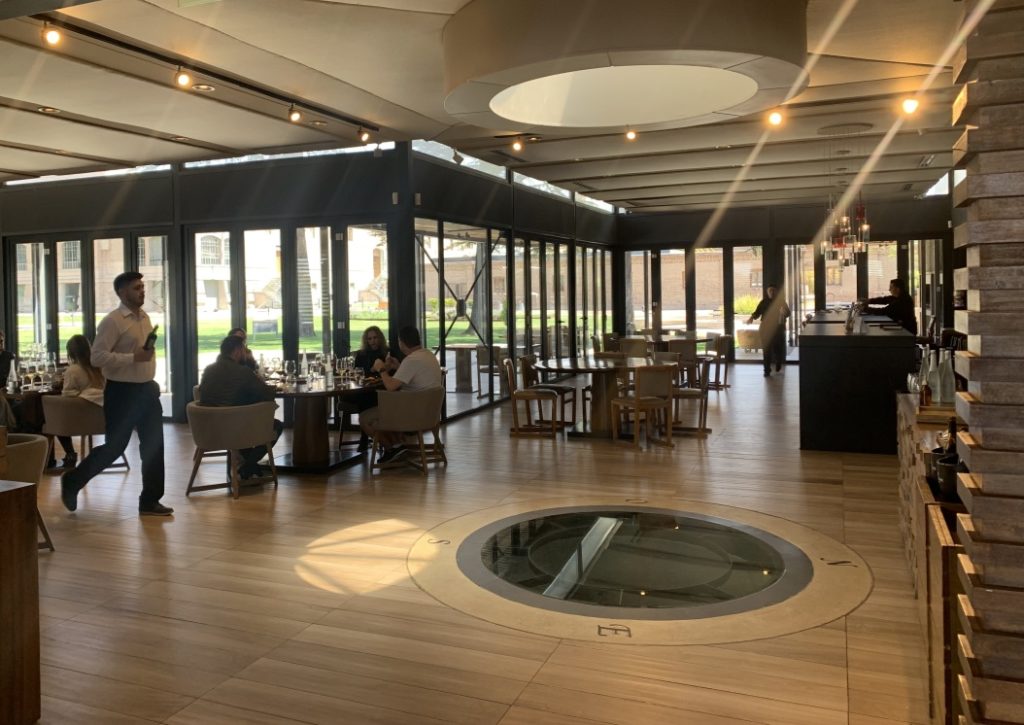
It’s not just old wineries that are located in Maipú. Several newer boutique wine producers have chosen to locate here, maybe because it’s close to the city and also because farmland here is perhaps cheaper than some other wine areas that have become more famous in Mendoza.
If you can, make an appointment to visit the folks at Mil Suelos, which is the home base of Jeff Mausbach and Alejandro Sejanovich’s multi-label wine operation. These guys are making some of Argentina’s most exciting wines today. They recently opened a tasting and food venue here in Maipú.
Another Maipú winery experience not to be missed is Casa Vigil. It’s named for Alejandro Vigil, the co-owner (with Adrianna Catena) of El Enemigo Wines and also chief oenologist at Bodega Catena Zapata. This is Vigil’s personal project and he makes outstanding wines under the El Enemigo label. Casa Vigil itself is less working winery and more a temple to fine wine, gastronomy, sustainable agriculture and art. The grounds are alive with food grown for the restaurant, as well as olive trees, whimsical art installations and, of course, vines. Book in advance for the inventive lunches and dinners served outside or in, depending on the weather. Casa Vigil offers some of the finest dining in the region, with multi-course tasting menus paired with the full range of El Enemigo wines. Casa Vigil is a magical Mendoza experience.
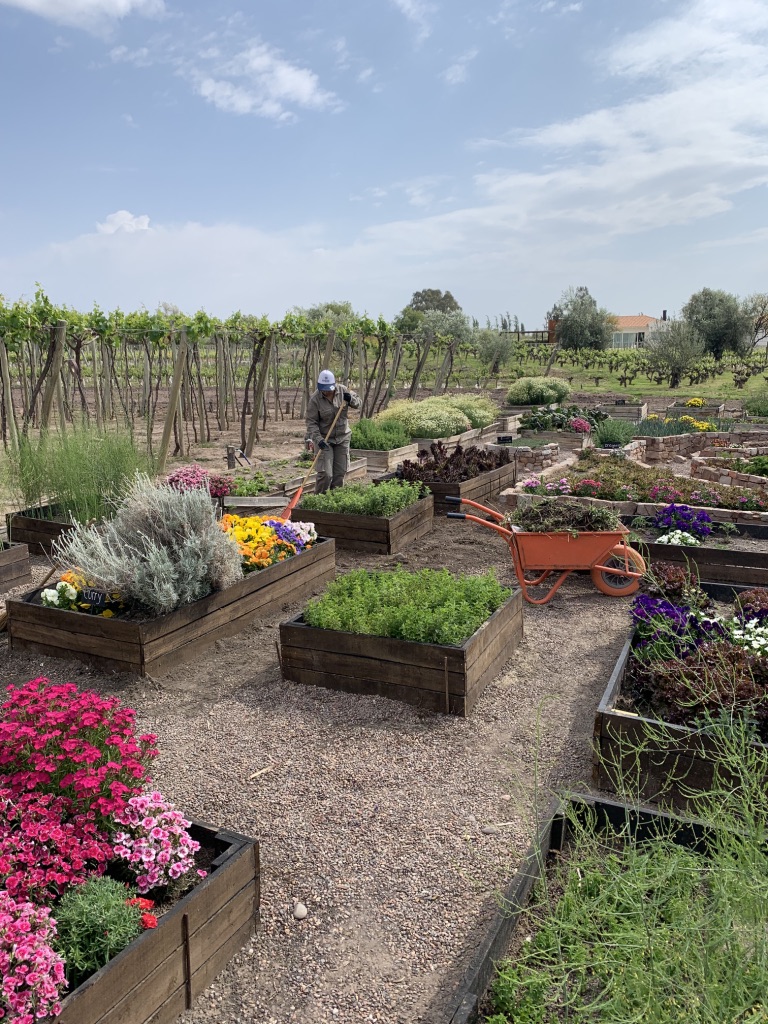
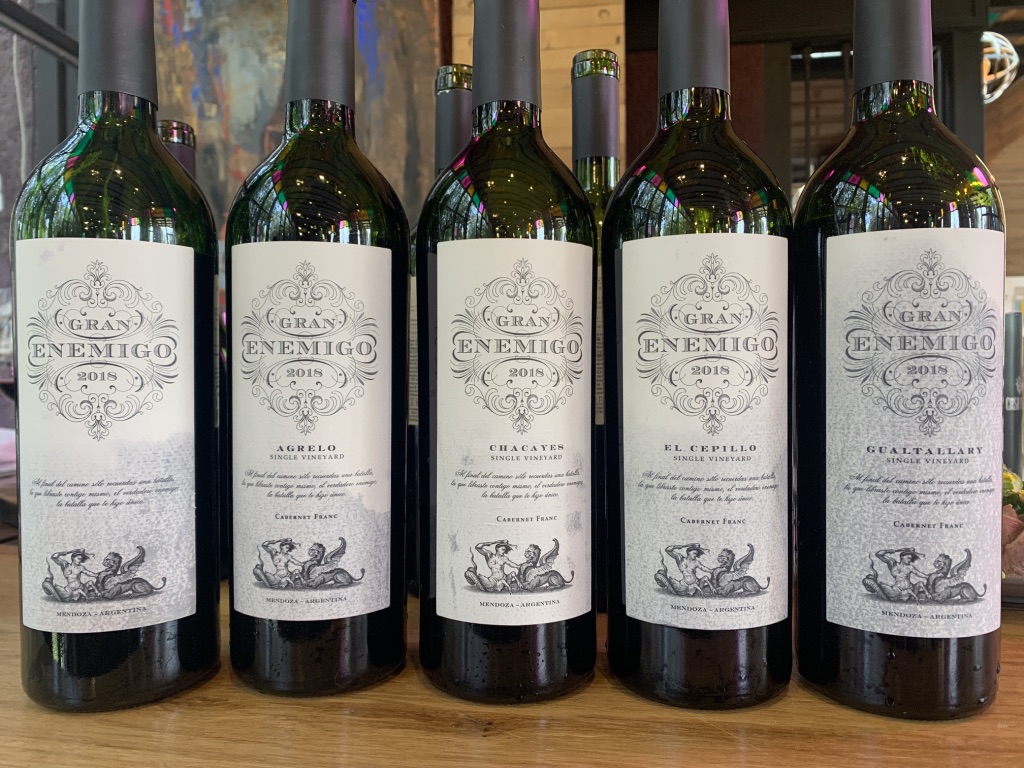

You could easily spend several days based in Mendoza city and do day trips out to the wine country, but I recommend dividing your time between the city and wine areas to the south, including the charming little wine village of Chacras de Coria (about 30 minutes drive south) and the Uco Valley (Valle de Uco in Spanish), which is about an hour’s drive further south. Both regions offer increasing options for accommodation near or even in the vineyards.
Alta Vista winery is housed in one of the original bodegas in Chacras de Coria. The atmospheric old building with its surrounding covered veranda and stone arched cellars is evocative of another era, yet inside you will find thermo-regulated stainless steel tanks and concrete eggs, among other modern winemaking tools. Their single vineyard Malbecs (Temis, Alizarine) are impressive, but try taste (or buy) the flagship Alta Vista Alto, a Malbec Cabernet Sauvignon blend which elegantly reflects the francophone influence of founder-owner Frenchman Patrick d’Aulan.
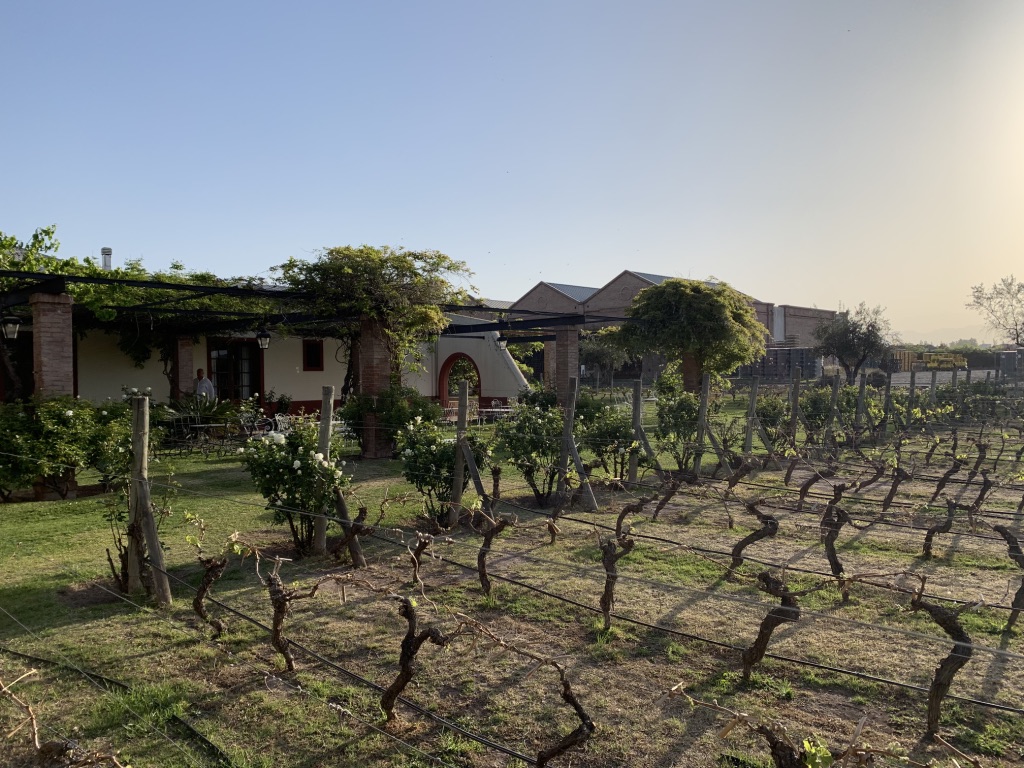
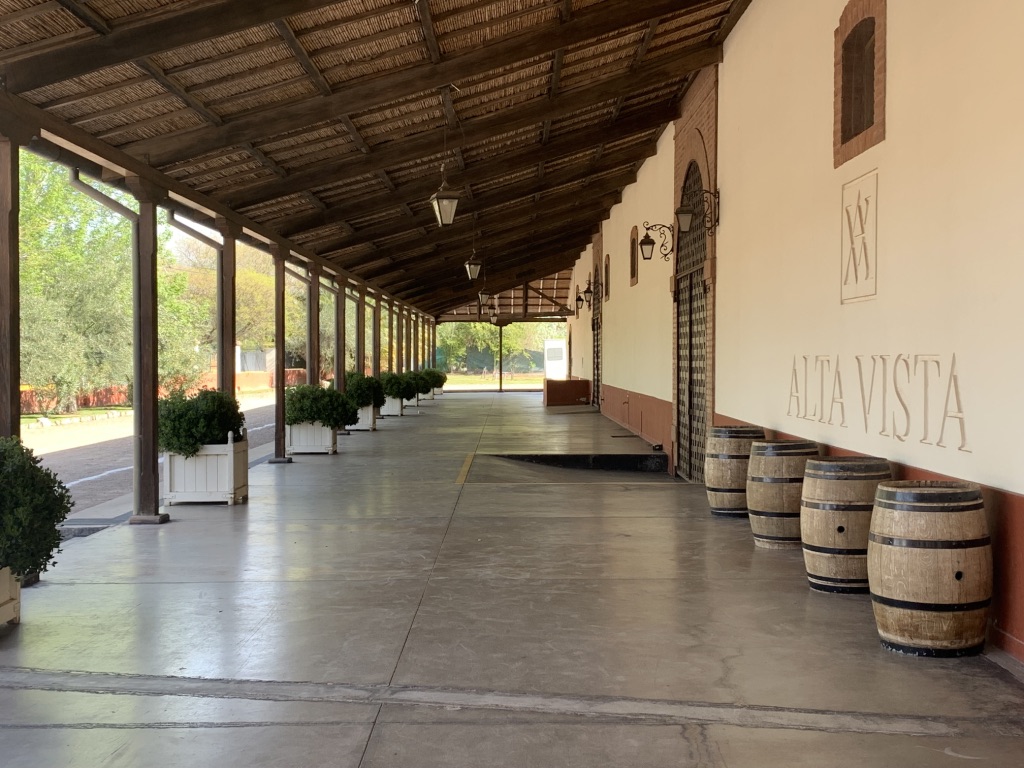
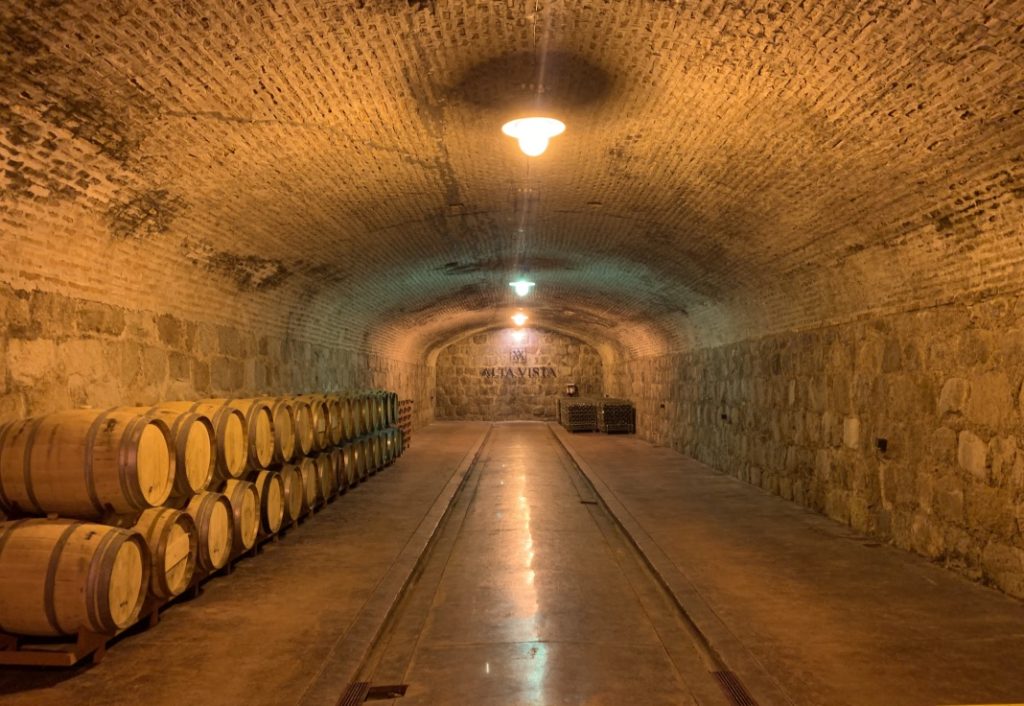
The vines just get more ubiquitous as you drive further south beyond Chacras de Coria, passing such vinous sub-regions as Luján de Cuyo, Perdriel and Agrelo, before taking Provincial Route 86 which brings you into the spectacular Uco Valley. For many Argentinian wine lovers, this is the holy grail. The Uco Valley, which is actually a very large region comprising the three major sub-regions of (from north to south) Tupungato, Tunuyán and San Carlos, is where the most significant wine developments have taken place in recent years.
Much of this vinicultural development has been focused on seeking ever-higher altitudes for vineyards, delivering fresher grapes with higher acidity and greater elegance. The wine world has taken notice. The Uco Valley is dotted with an A-Z of numerous excellent wineries, from Andeluna to Zorzal, and it’s impossible to visit them all in a short stay. If however I’m forced to pick just one to visit, I’d suggest making it Zuccardi’s Valle de Uco winery at Finca Piedra Infinita, located near the southern end of the valley.
The winery, tasting room and restaurant are housed in a stunning new building that has won the ‘Best New World Winery of the Year’ award, and the ‘Best Cellar Door Experience’ gong from Tim Atkin MW in his 2022 Argentina Report. The wines are superb too, with the flagship Gravascal earning 100 points from the Wine Advocate magazine three years in a row now. Lunch at the onsite Piedra Infinita restaurant is a must, but advance booking is required, as is the winery visit.

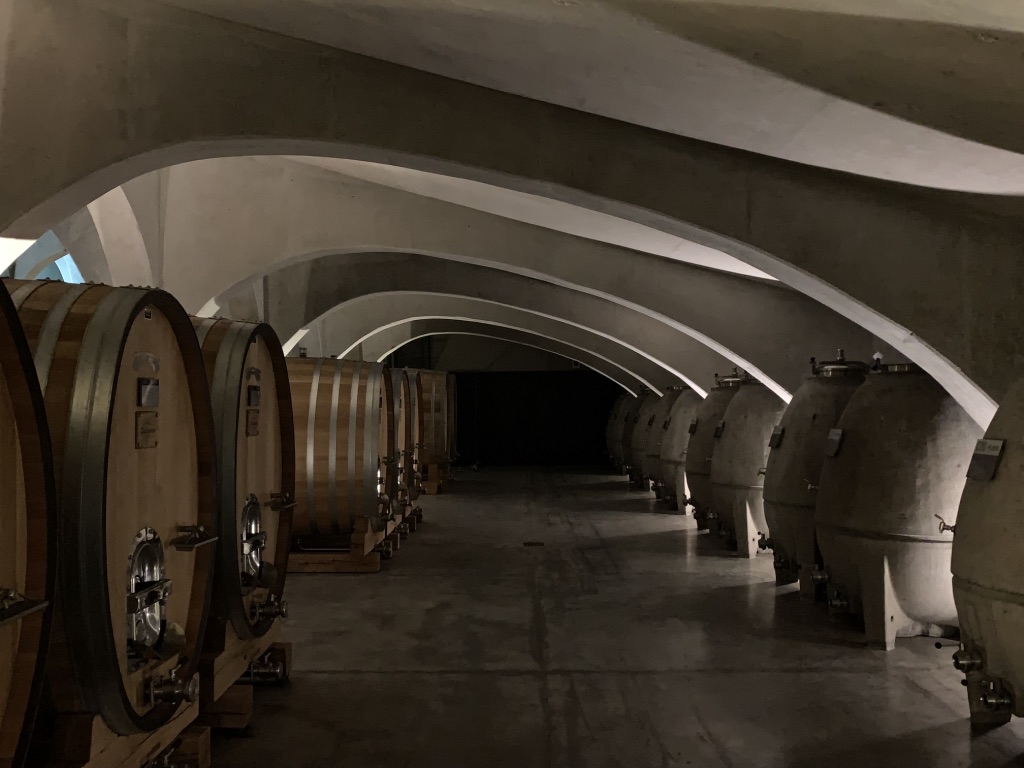
A stay in one of the boutique wine country lodges that now dot the Uco Valley, and a visit to such wineries as Zuccardi, will reveal the majesty and charms of this unique wine region that is at the forefront of the Argentine wine renaissance. Mendoza beckons.
